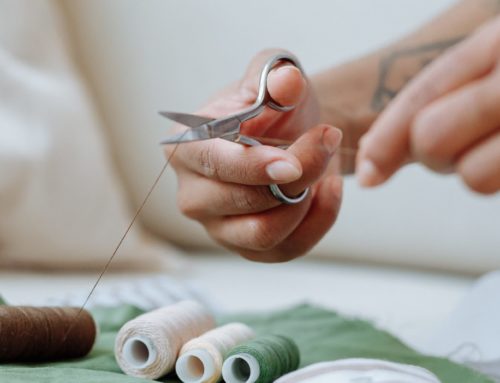Running is one of the best aerobic exercises you can do. It is relatively inexpensive to get started and you can do it at any time that you like. One concern of new and avid runners alike is joint pain. How can you protect your joints and still be able to cultivate the running life?
There are many health benefits to running. For one, you build a healthier cardiovascular system. As you set out to find a comfortable running stride, your heart and lungs are working overtime to keep up, but it’s not in vain. In fact, they learn to adapt before your muscles do.
And, speaking of muscles, they will eventually get stronger. Runners have lean hips, quadriceps and calves. With regular workouts, you can become a lean, mean running machine.
But, what about your joints? It has been said at one time that running wasn’t good for women especially because of the potential knee issues. Well, here are some ways to help ensure that your knees and other joints can stand the test of time.
- Choose your running shoes carefully – Each of us has different arch types. If you have a normal arch, then your ankles are front and center when you stand and walk. For you, shoes that offer stability protect your ankles and help cushion the shock of pounding the pavement. But, there are also those with a high arch or no arch at all. For you, quality shoes that offer extra support and motion control will keep your ankles from rolling out/in and putting extra pressure on the knee and hip joint.
- Change your surface – All surfaces are not created equally. The problem is give. When you run on a surface like grass or dirt, the ground can absorb and give way to your weight, offering a softer shock on the joints. With harder surfaces like asphalt and concrete, this is not the case and you may feel more with each step – especially if you are not used to running yet.
- Use proper form – One thing that hurts runners is their running form. It is a learned stance that not only protects your back but your joints as well. Avoid lifting your knees to high and use a shorter stride to run with a lighter touch. This can alleviate tension in the hips. Also, use an erect posture as if someone has a string tied to the top of your head and they are lifting upwards. It is also easier to breathe this way.
- Warm your body – While there is no definitive proof that stretching before running is of any benefit, you can still warm your body with a fast walk for several minutes before the run. Warmer muscles are inclined to stretch and prevent injury.
Do you like to run? If so, use these suggestions to protect your joints while doing so.


Leave A Comment